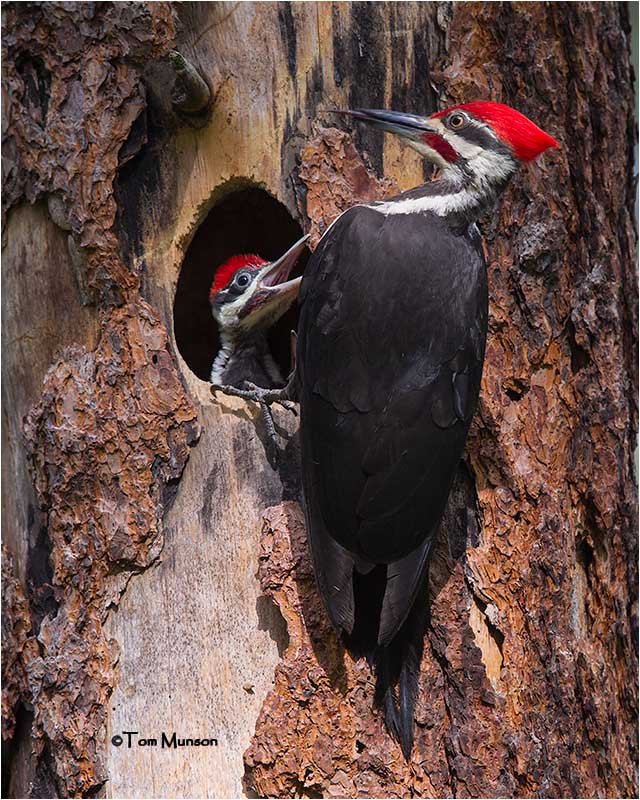Many of my feathered friends delighted me on a recent visit to Wakiki Spring Nature Preserve. Hiking the newly-forged Granite Trail, bird songs and calls resonated. A few of my favorite cavity-nesting birds showed up.
First, the Northern flicker – an important member of woodland communities. They excavate nest holes that other cavity nesters depend on. This male was on the ground foraging for ants. His 20-beat drum roll allows him to publicize his territory.
Brownish overall with black bars on their back, flickers wear a black crescent bib above their black-spotted breast. Their coral-colored flight and tail feather shafts and white rump patch, visible during their undulating flight, provide helpful clues to their identity. Their stiff tail feathers are black tipped and pointed on the ends. Sexes are similar except males have a red malar mark or mustache that extends from their beak along their gray cheek.
In a snag by the Little Spokane River, I heard a noisy, shrill “klee, klee, klee” call from an American kestrel. One of the smallest species in the Falco genus, averaging about four ounces, kestrels are gutsy and intrepid. They are like a small jet, fast; often hovering while hunting rodents, insects, and small birds. Two black facial stripes, one below their brown eyes and a parallel stripe behind a white cheek, mark the kestrel’s face. About the size of a mourning dove, this male kestrel was smaller than his mate. A colorful, handsome bird he had a slate-colored crown, rusty back with black bars, slate gray wings, and a rufous tail with a black band tipped in white.
Another cavity nesting songbird adds more color to the day. The male western bluebird, a small thrush with a brilliant blue head, back, tail and wings and rusty breast sings a soft song – “cheer, chup.” His mate is mostly buffy gray with a light orange breast. I saw these western bluebirds sallying – leaving a branch, flying to catch an insect on the ground, then returning to the perch. The pair were busy finding food for their growing brood.
Who says that it is bad to have cavities? Not this feathered trio.

